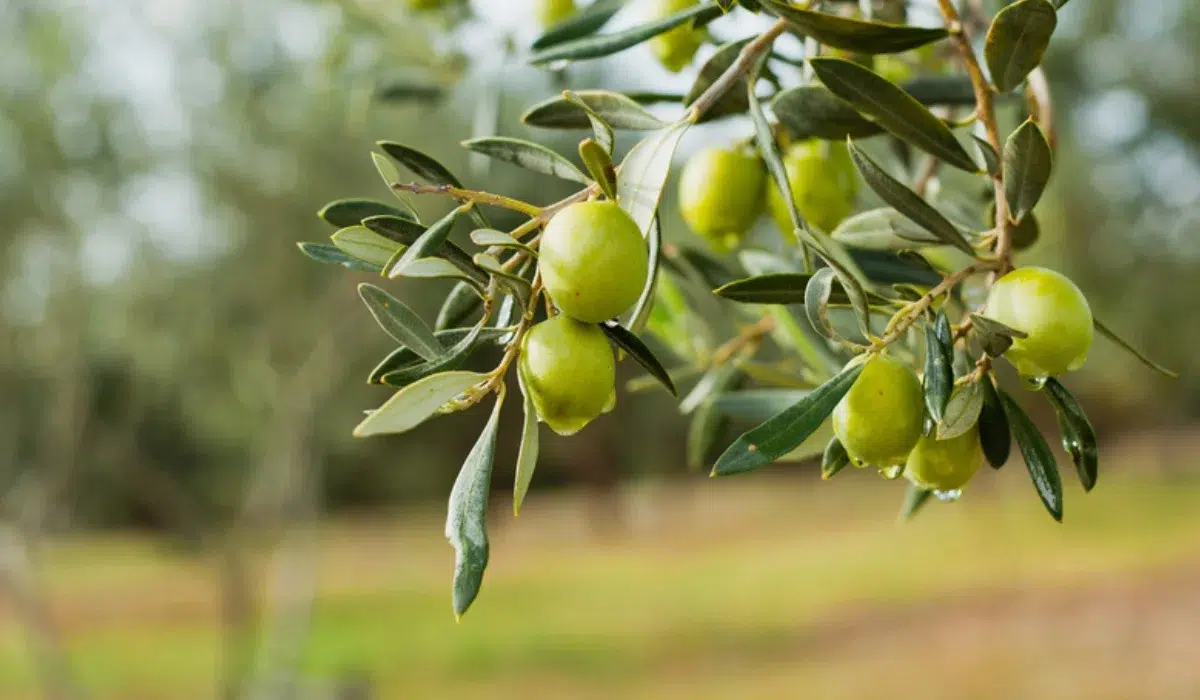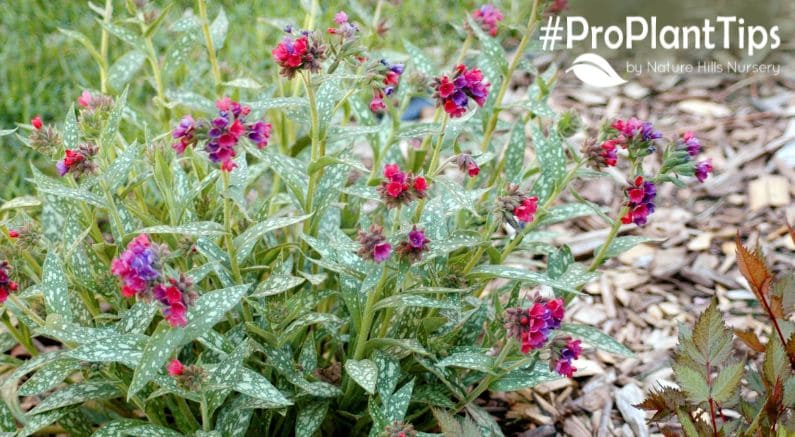Growing fruiting olive trees from scratch can be a rewarding experience. Here’s a step-by-step guide to help you get started:
1. Choose the Right Olive Variety:
- Select a variety of olive tree that is suitable for your climate. Some varieties are better suited for colder climates, while others thrive in warmer regions.
2. Purchase Healthy Olive Seeds or Seedlings:
- You can either purchase olive seeds or young olive trees (seedlings) from a reputable nursery. Seedlings are a better option if you want to skip the initial stages of germination.
3. Prepare the Planting Site:
- Olive trees require well-draining soil and plenty of sunlight. Choose a sunny spot in your garden with soil that drains well. Amend the soil with organic matter to improve fertility and drainage.
4. Planting Seeds or Seedlings:
- If you’re planting seeds, soak them in water for a day or two to soften the outer seed coat. Plant the seeds about an inch deep in the soil.
- If you’re planting seedlings, dig a hole that is deep and wide enough to accommodate the root system. Place the seedling in the hole and cover the roots gently with soil.
5. Watering:
- Water the newly planted olive tree thoroughly. Olive trees prefer deep, infrequent watering. Water deeply once or twice a week, depending on the weather and soil conditions.
6. Fertilizing:
- Use a balanced fertilizer to provide essential nutrients to the olive tree. Follow the package instructions for the correct application rate. Fertilize the tree during the growing season, typically in spring and early summer.
7. Pruning:
- Olive trees benefit from regular pruning to remove dead or diseased branches and to shape the tree. Pruning is usually done in late winter or early spring.
8. Protecting from Pests and Diseases:
- Keep an eye out for pests such as olive fruit flies and diseases like olive knot. Use organic or chemical solutions as needed to protect your tree from damage.
9. Patience and Care:
- Growing olive trees from scratch takes time and patience. It might take a few years before your tree starts producing significant fruit. Be consistent with your care and maintenance efforts.
10. Harvesting:
- Olives are typically harvested in the fall. The exact timing varies depending on the olive variety and your location. Harvest olives when they have turned the desired color (usually dark purple or black). You can pick them by hand or use tools like rakes or nets to harvest from mature trees.
Additional Tips:
- Mulching: Mulch around the base of the tree to retain moisture, regulate soil temperature, and prevent weed growth.
- Winter Protection: If you live in a colder climate, consider protecting young olive trees from harsh winter conditions with burlap or other protective coverings.
- Learning and Adaptation: Olive trees have specific needs and can be sensitive to changes. Keep learning about olive tree care and adapt your strategies based on your tree’s response.
Remember that growing fruiting olive trees is a long-term commitment, but with proper care, you can enjoy a bountiful harvest of olives for many years.





